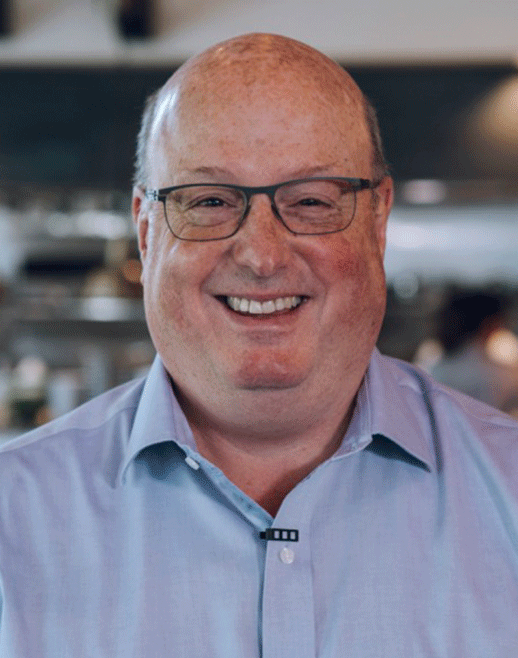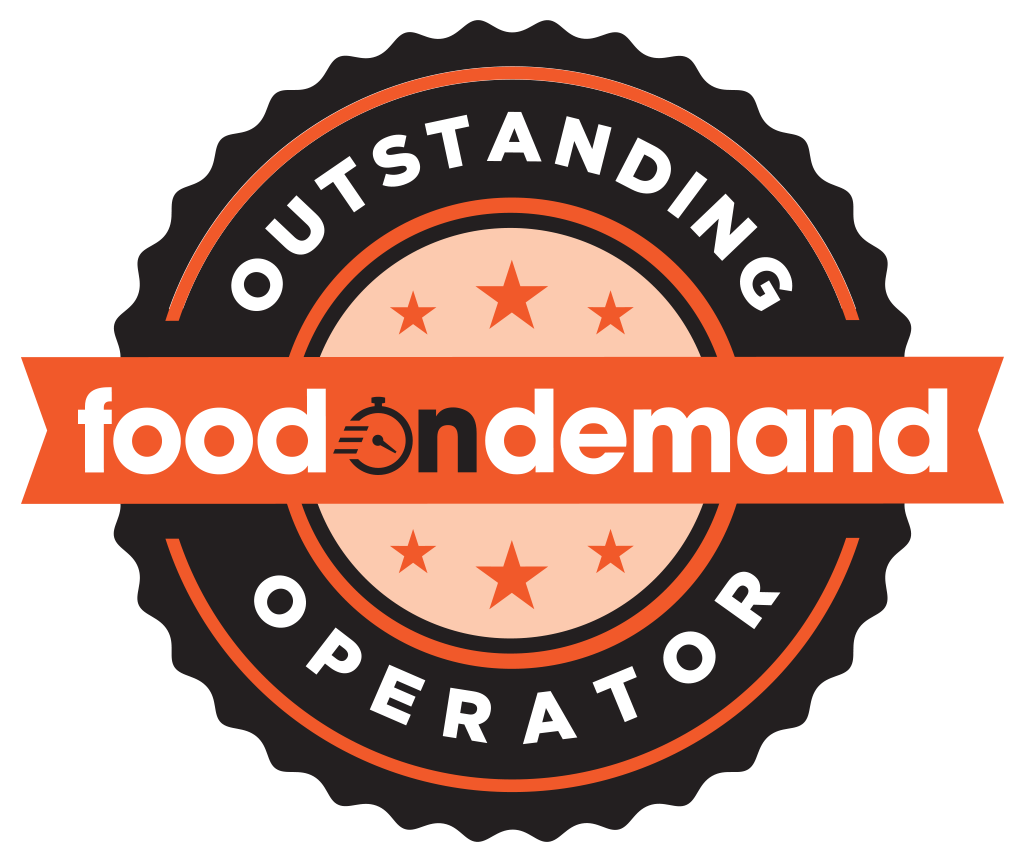Contributing writer Jim Rand is a seasoned hospitality professional with decades of experience scaling catering operations for major brands. In this four-part series, he shares key insights to help restaurant operators tap into the catering channel for growth
On the first leg of the Catering Journey, I suggested that creating a Strategy to integrate your Brand Vision, Capabilities, and Execution is the path to sustainable growth and profitability.
Over the years, through experience, trial, errors (many!), and iteration we landed on a framework that we use today to guide restaurant brands on that path.
And not only can the framework serve as a guide, it can be a catalyst to discovering and creating a differentiated catering experience for your clients. An experience that facilitates the building of RELATIONSHIPS which result in long-term profitable growth.
Catering Growth Strategic Framework

The Catering Framework, in conjunction with the Cycle of Success, offers a holistic and integrated approach to building your catering channel. Aligning your Brand Vision, with your Organizational Capabilities, and then Executing with Excellence provides the foundation for catering success. Today we will focus on your Brand Vision, as it relates to catering.
Brand Vision: Commitment, Objectives, Offering
Objectives
To gain commitment to catering growth it is important to understand what catering can provide to the organization, consistent with your overall mission as a company.
First of all, catering should be ‘of’ your brand. If catering flows well from your in-restaurant menu, is recognizable to your clientele, and can be executed within your 4-walls, you are on the right track for catering success. (More on this in the ‘Offering’ section below).

Jim Rand, Founder, CEO Rand Parker Group
Second, you need to forecast the financial impact that you believe catering can make for your brand. Most of the successful catering restaurant brands today have catering sales in excess of 10 percent of total sales. So to put this in perspective, if a brand’s AUV is $1.5M, $150k of that volume (10 percent) would come from catering. Since catering sales are almost entirely incremental (different clients, off-premises, non-cannabalistic), most orders contribute at least 40 percent flow-through after variable COGs and labor expenses. On $150K in sales, that is $60k in incremental bottom-line profit and/or cash flow that can be used to invest in further growth. I know you can do the math, but if you have 50 locations, at $1.5M AUV, and add 10 percent in incremental catering sales, you would create an additional $3M in incremental store-level profit.
Third, once you have a sense of what catering can contribute to incremental profit, you can then go through the exercise of determining what capabilities your organization needs to invest in to grow sales and to achieve a healthy ROI. We will spend a significant amount of time in a future article outlining key investments, and the timing of those investments.
Commitment
Building and sustaining profitable catering operations doesn’t happen overnight nor by accident. It takes commitment!
I have had more than one CEO ask me if we could just help them ‘grow sales’ and ‘make more money’ in order to hit their annual budget target. Catering sales growth and profit are very worthy objectives, as outlined above. However, they are outcomes or by-products of having a very clear vision of what you want to accomplish (your end-in-mind, or ends) and then a clear plan and set of initiatives (means) to get the job done. Oftentimes, leaders in the off-premises world quickly jump to implementing tactics: hiring sales teams, making menu changes, or adding technology. No argument here, these are very important initiatives for catering success. However, long-term growth and profitability (a by-product) is sustainable only if your initiatives (means) are aligned with your vision (ends) and supported by leadership.
The support of leadership is at the core of commitment. We will talk more about organizational capabilities in a future article, but suffice it to say that investing time and money into your catering strategy is critical for long-term success.
When I joined Panera, LLC in 2007 the catering team consisted of the VP Catering role, a Sr. Manager of operations support, and roughly two dozen sales managers who reported to the local operations leadership. There was no technology supporting catering, the menu was specifically targeted to pharmaceutical reps and social occasions, and the standards of operations were widely and inconsistently interpreted and executed. Without the commitment of the CEO and C-Suite, we would never have been able to build our sales and support teams to over 125 individuals, created our own ordering and catering management platform, and revised the menu to capture the core of the B2B market including key verticals like education, government, and large corporations.
So let’s be clear on what commitment looks like:
- Annual planning sessions, budgets, and business plans that support catering objectives while creating alignment across the organization, and simultaneously elevating catering to a level of importance
- Investment of treasure, time and talent where it would make a difference for: clients (e.g. ease of ordering), or team members (e.g. production systems and tools), or top-line sales (e.g. adding sales managers)
- A regular cadence of accountability – monthly meetings to review progress on initiatives, hold teams accountable, and to course correct as necessary
At the end of the day, the organization’s leadership needs to support catering like any other important growth initiative of the brand.
Offering
There are a handful of very important rules to follow when thinking about your catering offering:
- As mentioned above – your catering menu offering needs to be ‘Of the brand’. Meaning, that whatever your cuisine type is, your catering menu should follow. Your catering menu items, branding, messaging, packaging, and marketing should be aligned with the overall brand. As they say, ‘If it walks like a duck’…You want your off-premises experience to be as close to your on-premises experience as possible.
- ‘Put your best foot forward’. Lead with your in-restaurant favorites, what you are known for, and that which differentiates you from your competitors. Also, make sure you only offer items that travel well and provide the quality of experience that represents your brand.
- ‘Less is More’. For your clients and for your team members. This rule is all about creating ease of use. The simpler the menu the easier it will be for the client to order, and for the team to produce.
‘Within your capabilities’. Only offer menu items your team can execute with excellence, and only provide a service level that you can staff. Delivery is an ante for successful restaurant catering (more on this in a future article). However, elevated service levels (set-up, attended events, venue sales) have their own unique challenges and demands that must be fully considered prior to offering.
Aligned objectives, leadership commitment, and a clear vision of your differentiated catering offering are the first steps in creating a catering foundation. Adding the necessary capabilities and execution systems will allow you to meet the client’s needs and build client RELATIONSHIPS for long-term success.
I look forward to the next leg of the Catering Journey, where we will discuss in detail the Cycle of Success and the corresponding capabilities to fuel that cycle.
Related: The Catering Journey Part One: An Opportunity for Significant Growth


